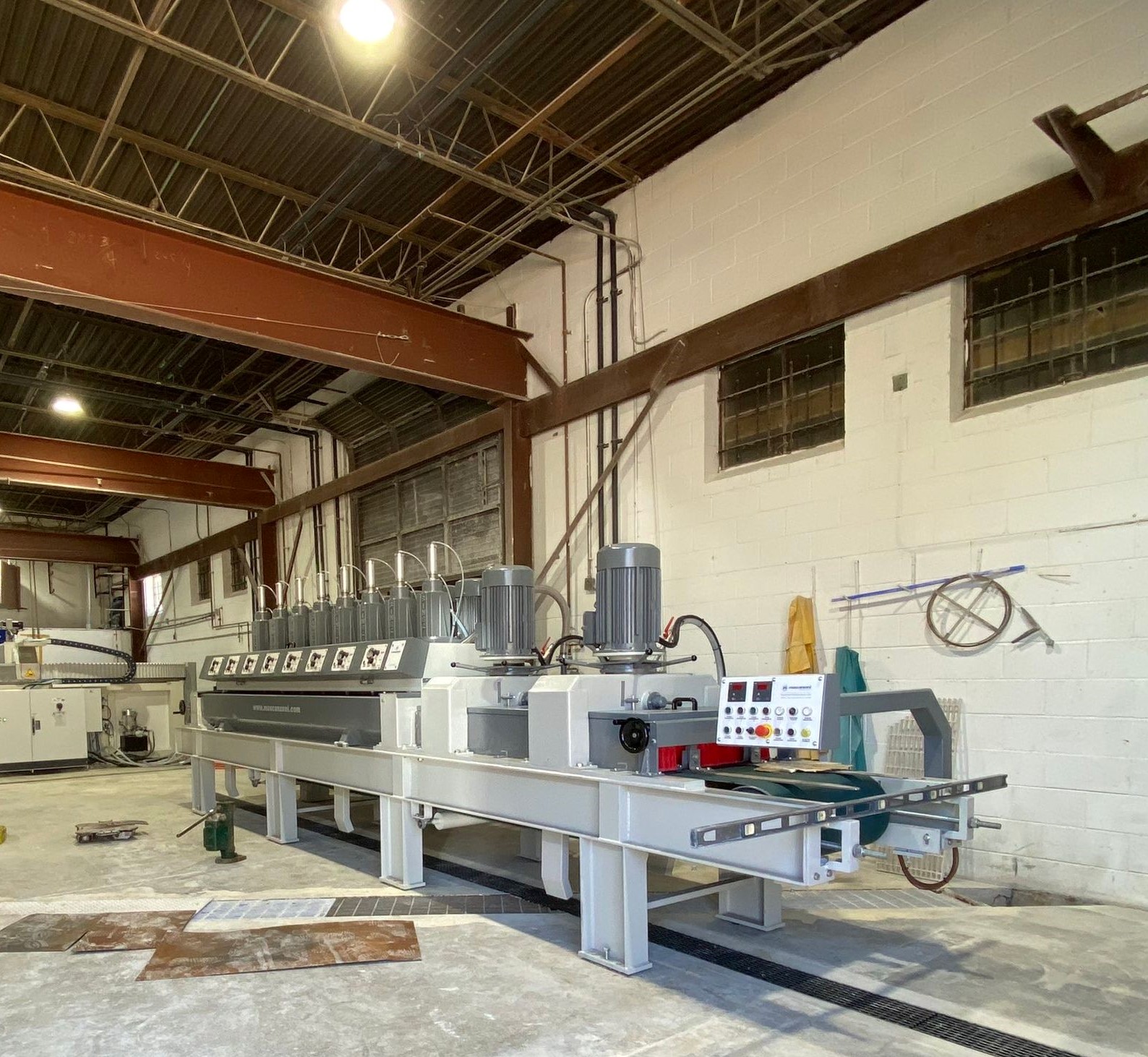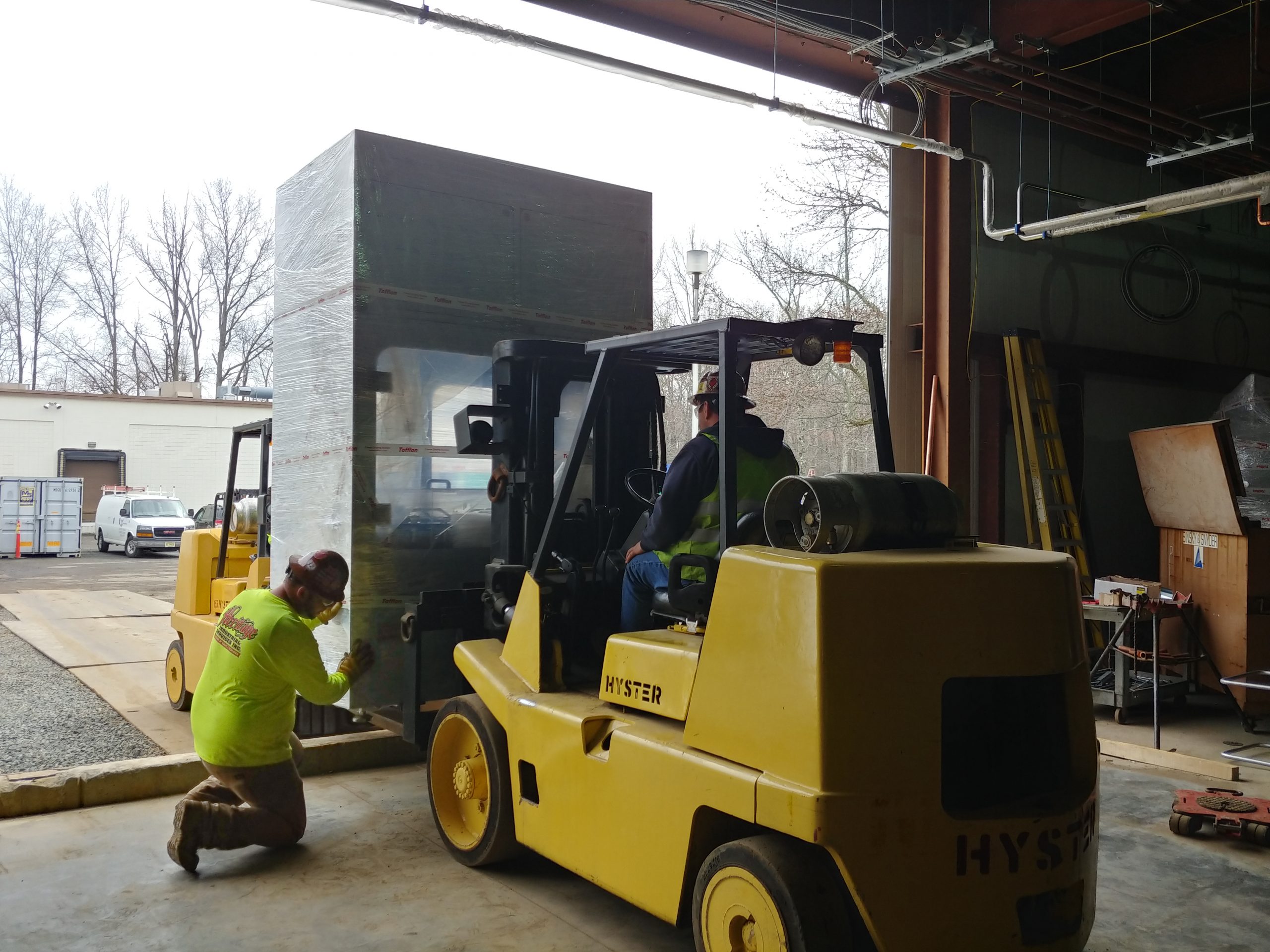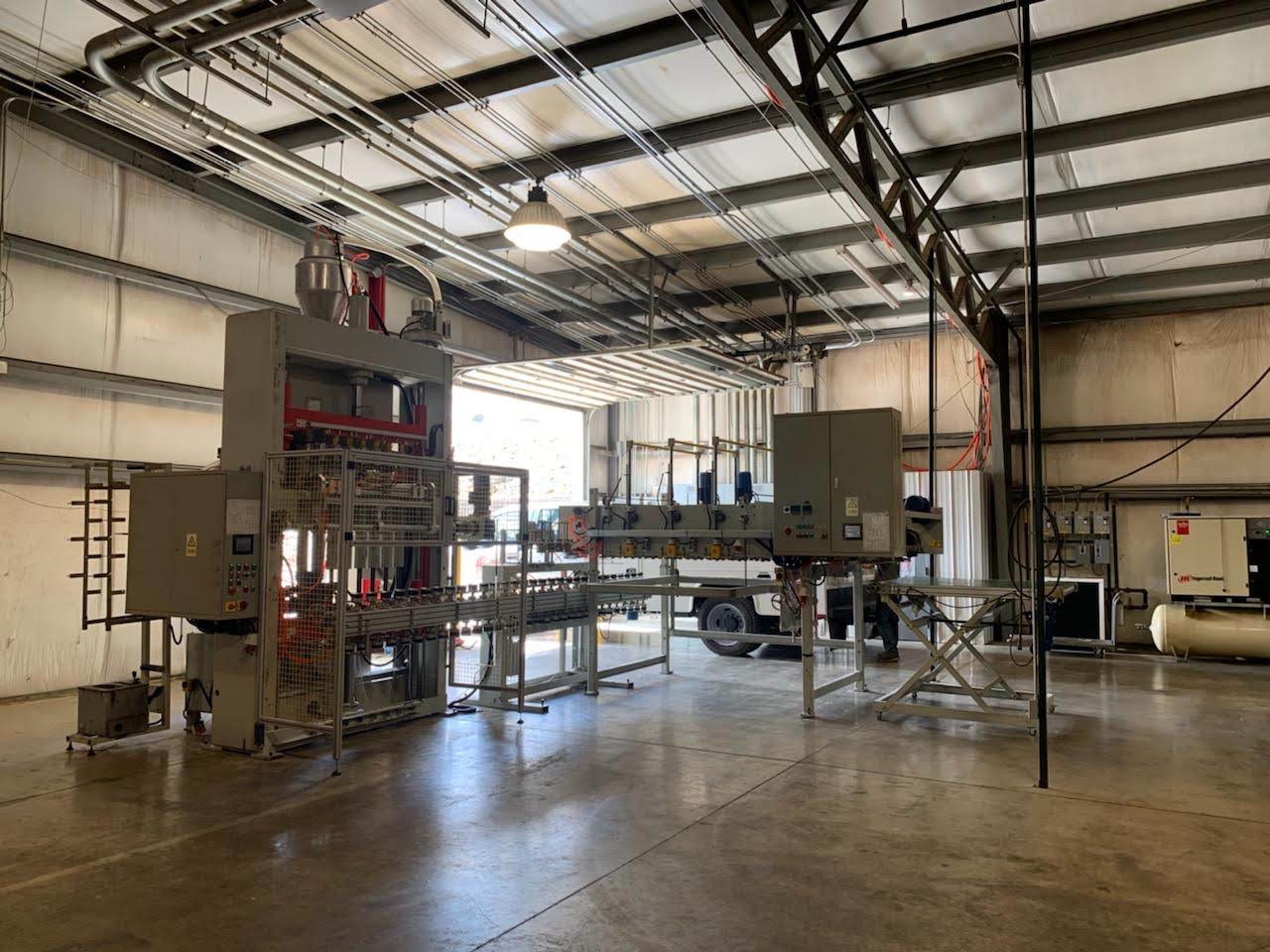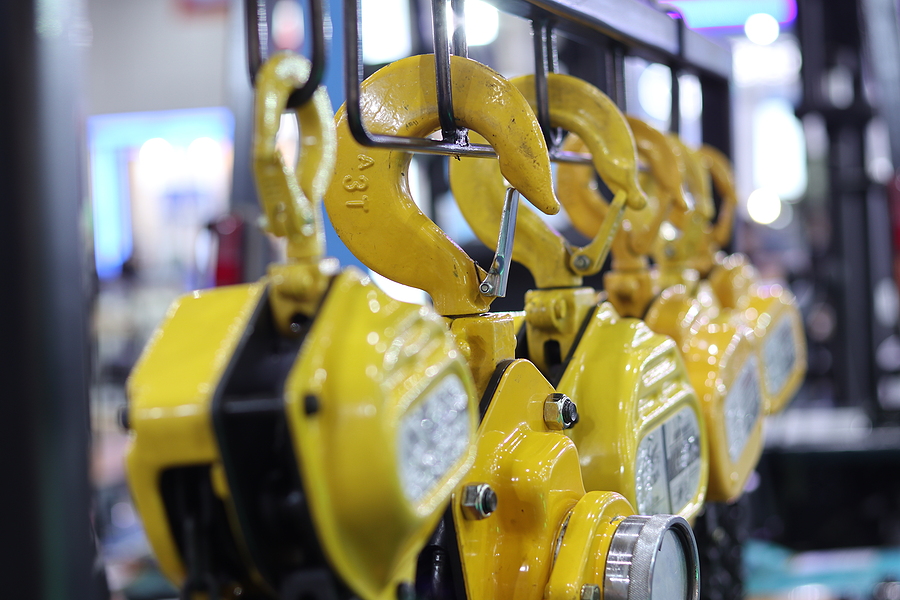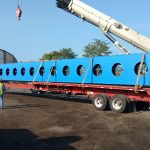Industrial Rigging Services – Hire a Professional Lift Team
If you’ve ever stopped to watch machinery being operated at a construction site, the crane operator probably made his job look easy and maybe even fun. The fact is that operating a crane on-site is a highly-skilled job that carries a high risk for potential injury or property damage. While the operator is the only person in the cab, it takes an experienced team to operate a crane safely. When rigging services are required on your job site, it’s always best to hire a professional lift team. This will not only ensure job site safety but also that the lift is executed efficiently, helping to keep the job on target to meet its deadline.
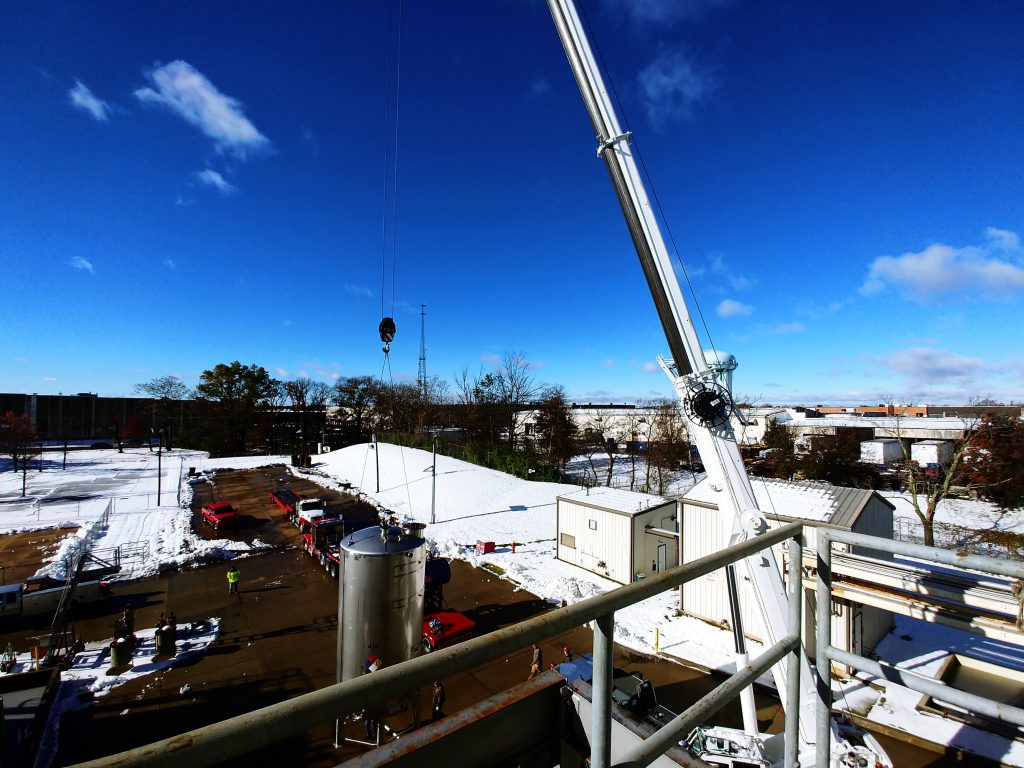
Crane Safety Requirements
Requirements for crane safety are set by the American Society of Mechanical Engineers (ASME) in volumes B30.5 and B30.3 as well as the Occupational Safety and Health Administration (OSHA). These requirements define the key team members necessary for a safe lifting operation and include the qualifications for all the members of the team providing the rigging services. The standards set for lift team personnel by OSHA require that each team member be “qualified” and “competent”. These standards are defined by OSHA 1926.1401 as follows:
A “qualified” person, is “a person who, by possession of a recognized degree, certificate or professional standing, or who by extensive knowledge, training, and experience, successfully demonstrates the ability to solve/resolve problems relating to the subject matter, the work or the project.”
A “competent person,” is “one who is capable of identifying existing and predictable hazards in the surroundings or working conditions which are unsanitary, hazardous or dangerous to employees, and who has the authorization to take prompt corrective measures to eliminate them.”
In the past, ASME and OSHA requirements have always been the gold standard for crane operator safety. The National Commission for the Certification of Crane Operators (NCCCO) has raised the bar.
Initially established in 1995, NCCCO started out as a voluntary certification program.
However, in 2010, Federal OSHA published new construction regulations requiring crane operator certification/qualification nationwide. The deadline for this certification was extended several times but it finally took effect on November 10, 2018. While various third party options exist for obtaining this training, NCCCO certification programs are specifically built around the ASME/ANSI B30 crane standards and OSHA’s crane regulations.
Although the NCCCO programs are recognized by OSHA as meeting its requirements for crane operator qualification, NCCCO certification goes well beyond OSHA’s “competent” and “qualified” standards. A NCCCO certified crane operator has received the highest level of training available, allowing them to provide safe, highly skilled crane operations.
Key Lift Team Members
ASME B30.5 and B30.3 outline in detail the key members of a lift team and the responsibilities of each. Here is an overview that can help a job site manager in need of rigging service evaluate any rigging companies being considered for the project.
Crane Owner – ASME defines the primary responsibility of a crane owner as being in charge of the custodial control of the crane as well as providing all necessary operational and maintenance information to the crane user. In addition to this primary duty, their responsibilities may include but aren’t limited to the following:
- Ensuring that the crane provided meets the configuration and capacity requested by the crane user.
- Providing the crane user with all applicable load rating charts, diagrams, and any additional technical information when requested by the user such as field assembly/disassembly, operation, maintenance info, and manufacturer-supplied placards and warning decals.
- Informing the crane user of established inspection, testing and maintenance procedures.
- Designating qualified personnel for maintenance, repair, transport, inspections, and assembly/disassembly.
- Maintaining data for the rope currently installed on each drum of the crane.
Crane User – The crane user as defined by ASME is defined as the team member responsible for arranging the crane’s presence at the site and controlling the crane while on-site. This includes ensuring only qualified operators who meet ASME’s standard B30.5 requirements operate the crane. The crane user also makes sure all members of the lift team are aware of their roles and responsibilities. Other responsibilities include the following:
- Ensuring compliance with the current ASME volume.
- Making certain the crane is operating according to manufacturer’s requirements and worksite regulations.
- Verifying proper documentation was received from the crane owner and frequent inspections are performed to ensure the crane is in proper operating condition.
- Verifying the crane has sufficient capacity to perform the work.
- Making the crane owner aware of any rope that has been shortened or replaced.
- Using only qualified supervisors and operators to execute the lift.
Site Supervisor – ASME defines the site supervisor as the team member with supervisory control over the worksite and the work currently being performed. Depending on the specifics of the project, the site supervisor and the lift director may be the same person. Other responsibilities include the following:
- Determining which regulations are applicable to crane operations and ensuring the operator meets the requirements of those regulations.
- Ensuring the crane meets inspection requirements prior to initial use.
- Making certain that a qualified lift director is designated, a qualified person is supervising rigging and maintenance is performed by the person designated by the crane owner.
- Properly coordinating crane operations with other job site activities.
- Complete preparation of the area for the crane including access roads, ground conditions, proximity to power lines, sufficient room to assemble/disassemble the crane as well as other hazards and traffic control.
- Addressing all adverse conditions such as poor soil, artificial lighting, heavy rain, fog, and wind velocity.
- Ensuring applicable requirements are met before allowing any crane operations near power lines.
- Permitting special lifting operations, such as multiple crane lifts, only after the applicable procedures are implemented.
Lift Director – The lift director is defined by ASME as the team member that directly oversees the work being performed by the crane and the associated rigging crew. According to ASME B30.5, a lift director is required to be onsite for all lifting operations. OSHA also requires that lift directors to be both competent and qualified, or a competent person assisted by at least one qualified person, when multiple crane lifts are performed. While some may overlap with those described as site supervisor responsibilities, a lift director’s responsibilities include the following:
- Stopping crane operations if alerted to an unsafe condition.
- Making sure area preparations are properly completed before crane operations begin.
- Ensuring that the necessary traffic controls are in place.
- Making certain all team members understand their responsibilities and the associated hazards.
- Appointing signal people who meet the applicable requirements.
- Permitting crane operations near power lines only when applicable requirements are met.
- Ensuring precautions are implemented for special lifting operations, such as multiple crane lifts.
- Ensuring the load is properly rigged and balanced by competent personnel
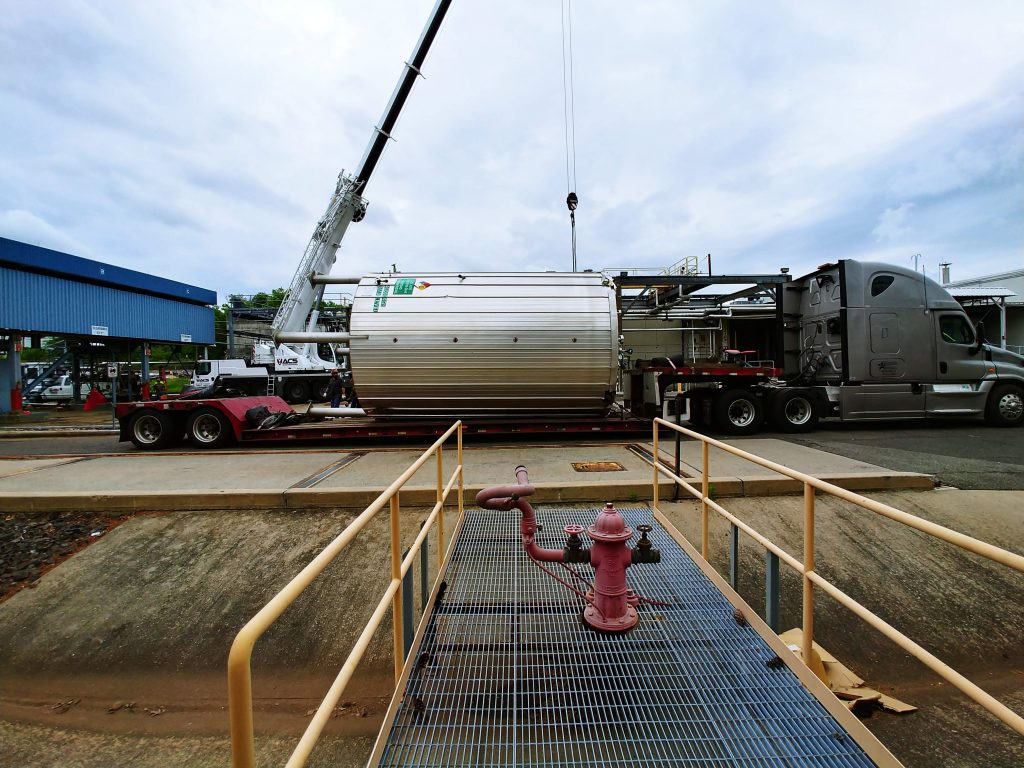
Professional Rigging Services
Understanding all the responsibilities involved and just how important each lift team member is will allow you to make an informed decision when comparing companies providing professional rigging services.
Heritage Industrial Services provides complete industrial rigging services nationwide. Our rigging services range from removing and installing small individual machines to very large plant sized projects. We work with a diverse group of clients from a wide variety of industries. Heavy industrial and manufacturing equipment relocation can be a serious challenge but, with over 90 years of combined experience, there isn’t much we haven’t moved or done.
Heritage Industrial’s expert staff employs the most up-to-date equipment and certified safety techniques, including thorough inspections to ensure the highest quality and safest rigging operations. We employ NCCCO and OSHA trained riggers and signalman for all projects to ensure that all your rigging needs are performed safely, efficiently, and on budget with no issues.
Heritage Industrial Services is committed to conducting business operations in a manner that sustains the environment and protects the health and safety of our employees, clients, and the public. To discuss industrial rigging services for your next project, please call us at 609-752-0143 or contact us today!


